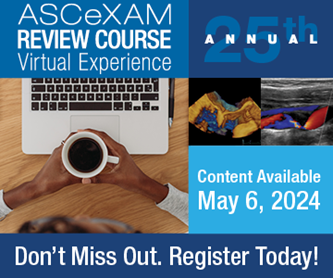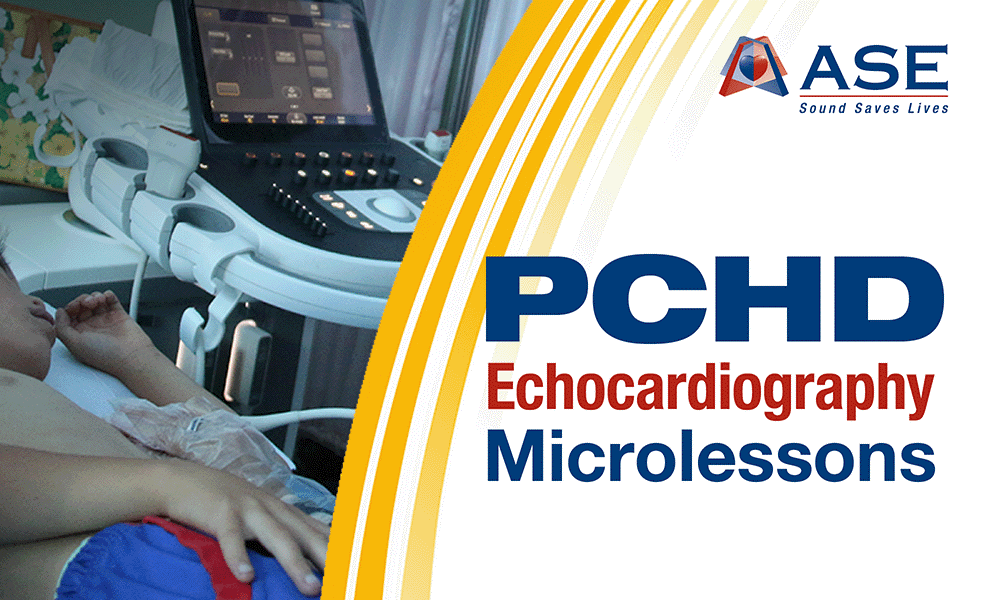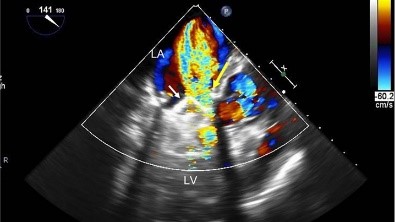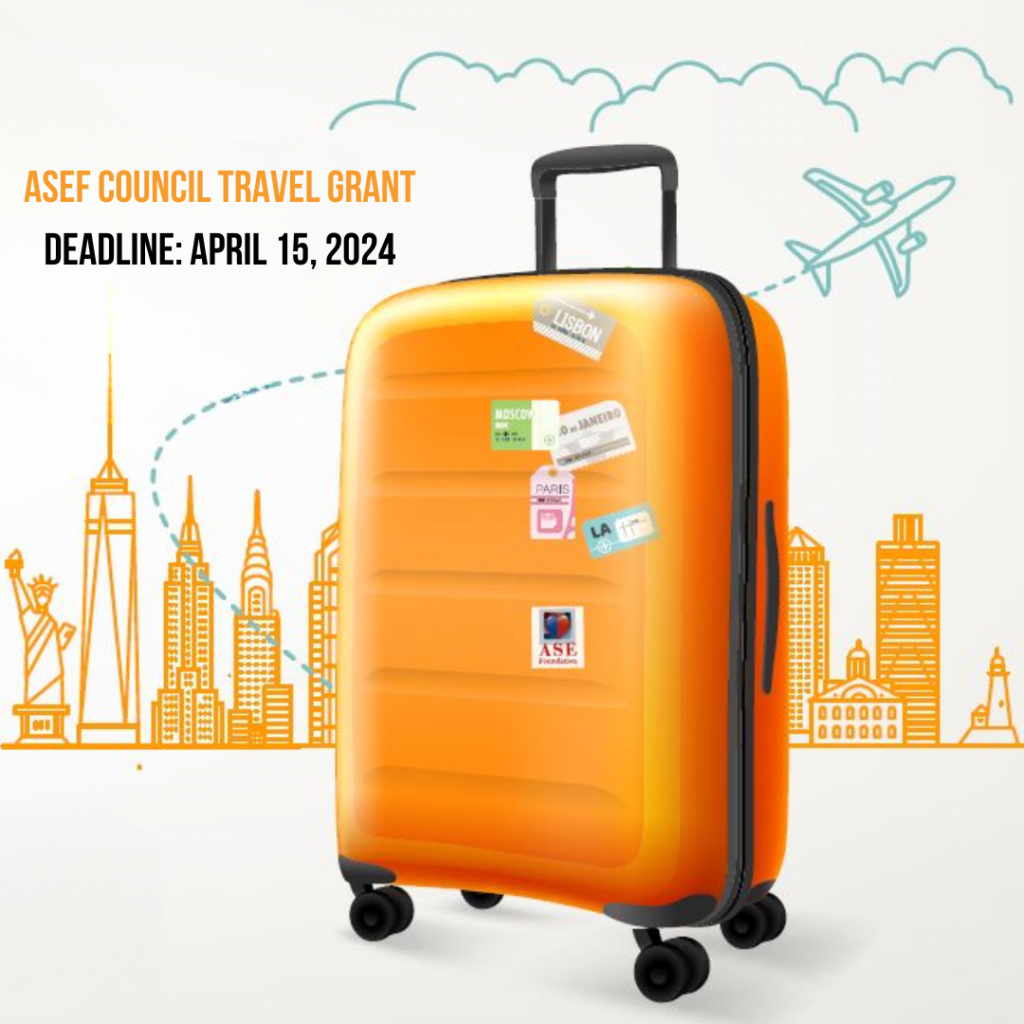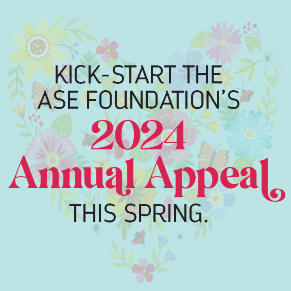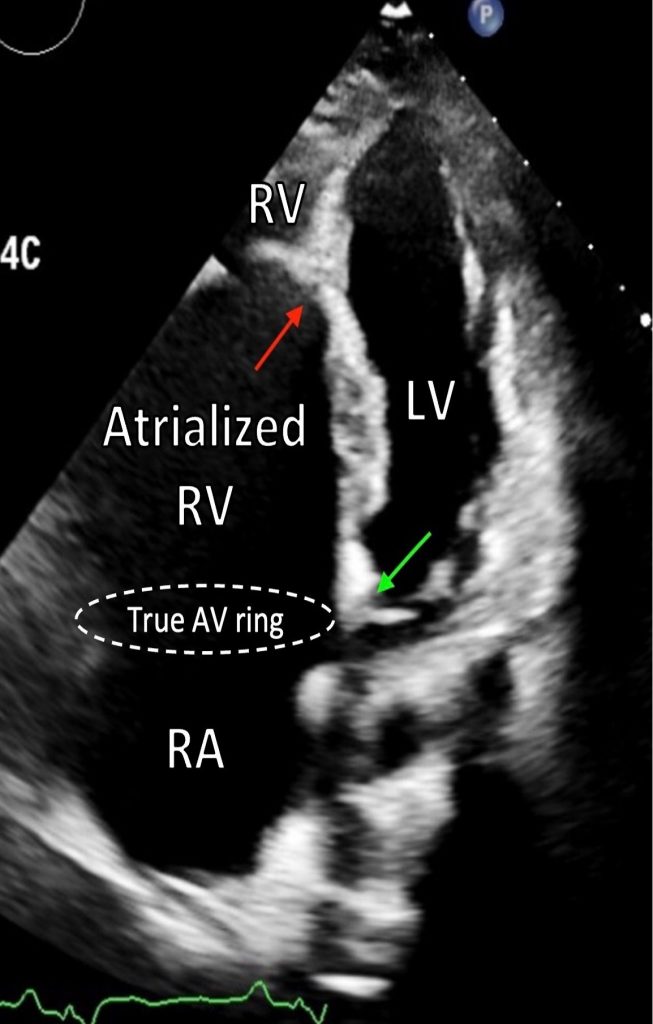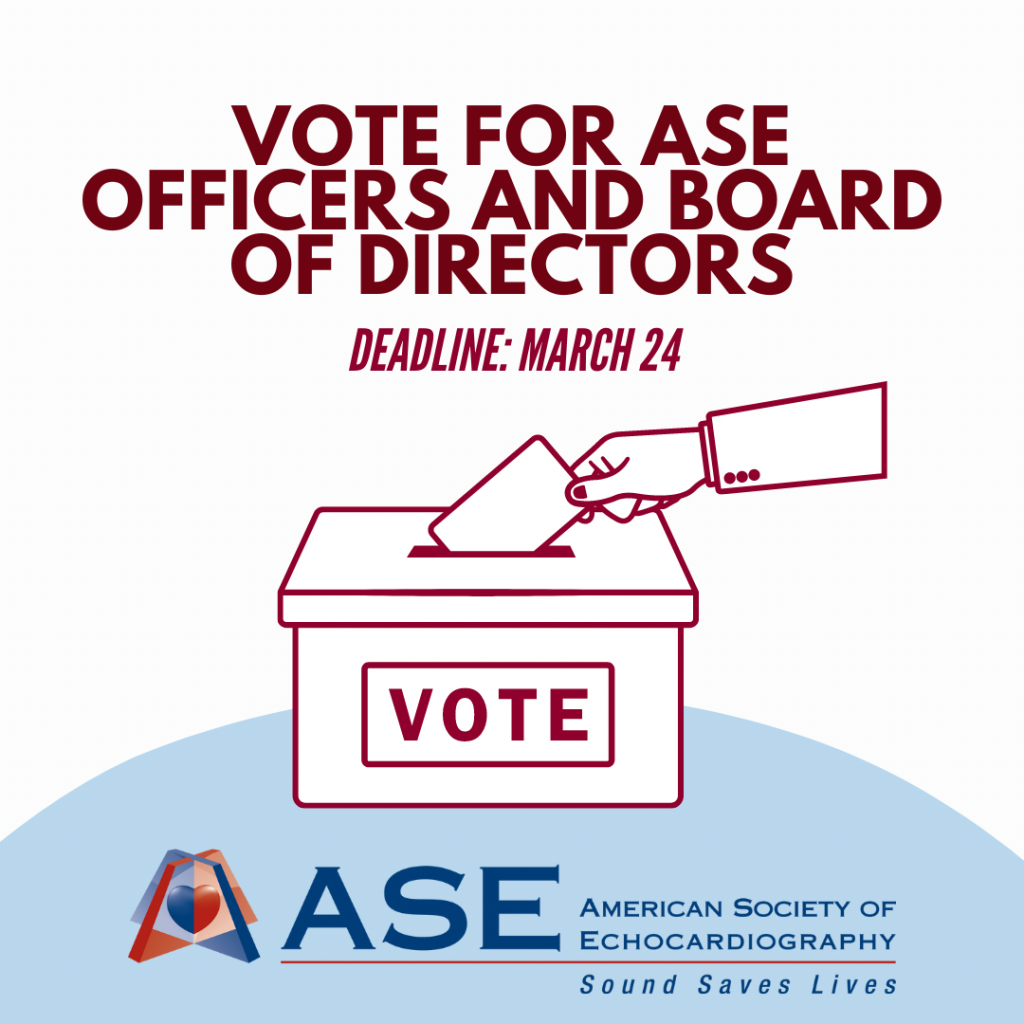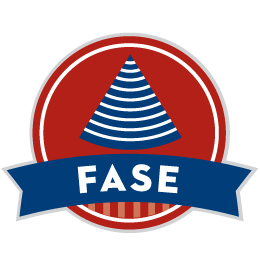The American Medical Association (AMA) Physician Practice Information (PPI) Survey is nearing completion (June 30), and we urgently need all selected physicians to actively engage in this effort.
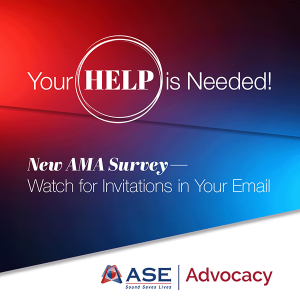
Today an email was sent to 500 practices for the first time from ppisurvey@mathematica-mpr.com to join the survey. Mathematica, a well-regarded consulting firm, is helping the AMA run this survey. Your practice may receive an email and a USPS mail packet from Mathematica that contains a link to the survey as well as supporting information. We urge you to speak with your practice management colleagues to determine if they have received these communications and ask them to complete this important survey.
The intent of the survey, which has been endorsed by over 170 medical societies and other healthcare associations, is to collect updated and accurate data on practice costs which are key element of physician payment. These data have not been updated since last collected over 15 years ago. It is critically important to update these data to ensure accurate payment.
In the coming weeks or months, you may be asked to complete this two-minute survey. Help us help YOU to update Medicare physician payment.

